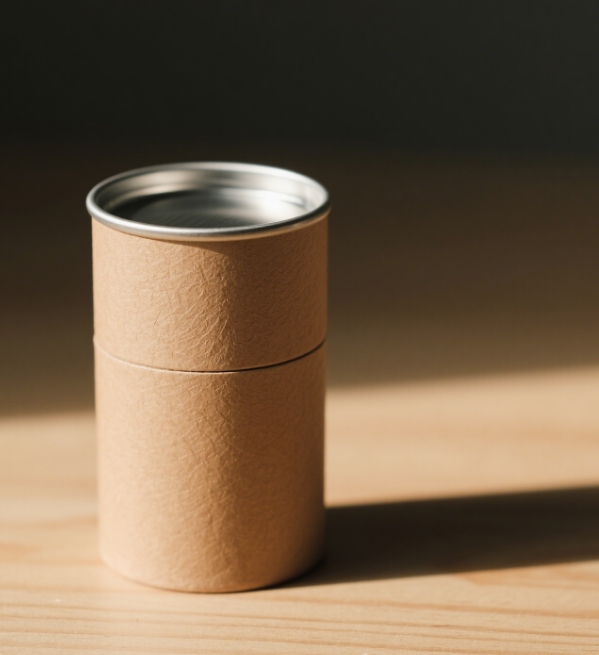About Us
The Manufacturing Process of Tinplate Boxes: A Step-by-Step Guide
Views : 11
Update time : 2025-04-24 16:40:58
The Manufacturing Process of Tinplate Boxes: A Step-by-Step Guide
Tinplate boxes are widely used to package food, cosmetics, pharmaceuticals, and promotional items because of their durability, aesthetics, and recyclability. Understanding the manufacturing process of tinplate boxes helps businesses choose tinplate boxes as a packaging solution. In this blog post, we'll explore the 7 key steps involved in producing high-quality tinplate boxes.
1. Material selection: Choosing the right tinplate material
Choosing the right tin plate material is the first step in making a tinplate box, which is made of cold-rolled steel plate coated with a thin layer of tin to prevent rust and improve durability.
Key Considerations:
Thickness: Typically ranges from 0.15mm to 0.50mm, depending on the box's purpose.0.23mm tinplate is the conventional thickness commonly used in the manufacture of tinplate boxes .Tin Coating: Can be differential (one side coated more) or equal coating for uniform protection.
Surface Finish: Options include bright, matte, or textured finishes for different visual effects.
2. Cutting and Blanking: Shaping the Metal Sheets
Once the tinplate is printed, it is cut and punched to create the desired shape for the box assembly (body, lid and base).
Process Details:
Hydraulic press or laser cutting machine ensures precision.Die-cutting is used for custom shapes and designs.
Scrap metal is recycled to minimize waste..
3. Printing and Decoration: Adding Branding & Designs
Before forming the box, the tinplate sheets are printed with logos, text, or decorative patterns.
Printing Techniques:
Offset Printing: High-quality, detailed designs.Screen Printing: Ideal for bold, vibrant colors.
Digital Printing: Best for small batches and custom designs.
UV Coating or Lamination is applied for extra protection and gloss.
4. Forming the Box: Stamping and Pressing
The printed sheets are then fed into stamping machines to form the box structure.
Key Steps:
Deep Drawing: Used for cylindrical or complex-shaped boxes.Bending & Flanging: Creates edges for secure assembly.
Seaming: Ensures smooth, reinforced corners.
5. Joining and Welding: Assembling the Box
To ensure durability, the box edges are joined using:
Soldering (traditional method for airtight seals).
Welding (modern, high-strength method).
Interlocking seams (for easy assembly).
6. Quality Inspection: Ensuring Durability & Safety
Every tinplate box undergoes strict quality checks, including:
Leak Testing (for food or liquid containers).
Dimensional Accuracy (using calipers and gauges).
Coating Adhesion Test (to prevent peeling).
7. Packaging and Shipping: Final Preparation
After passing inspection, the boxes are:
Polished for a smooth finish.
Packed in protective cartons to prevent scratches.
Shipped to clients or stored for future orders.
Why Choose Tinplate Boxes?
1. Eco-friendly & recyclable
2. Excellent durability & corrosion resistance
3. Customizable designs for branding
4. Ideal for food-grade packaging
The manufacturing process of tinplate boxes involves precision engineering, high-quality materials, and strict quality control. Whether for food, cosmetics, or luxury packaging, tinplate boxes offer a versatile and sustainable solution.
Looking for custom tinplate boxes? Contact us today to discuss your packaging needs!
相关新闻


